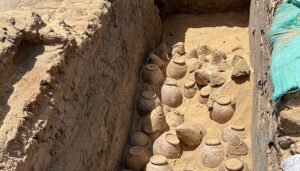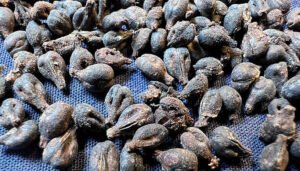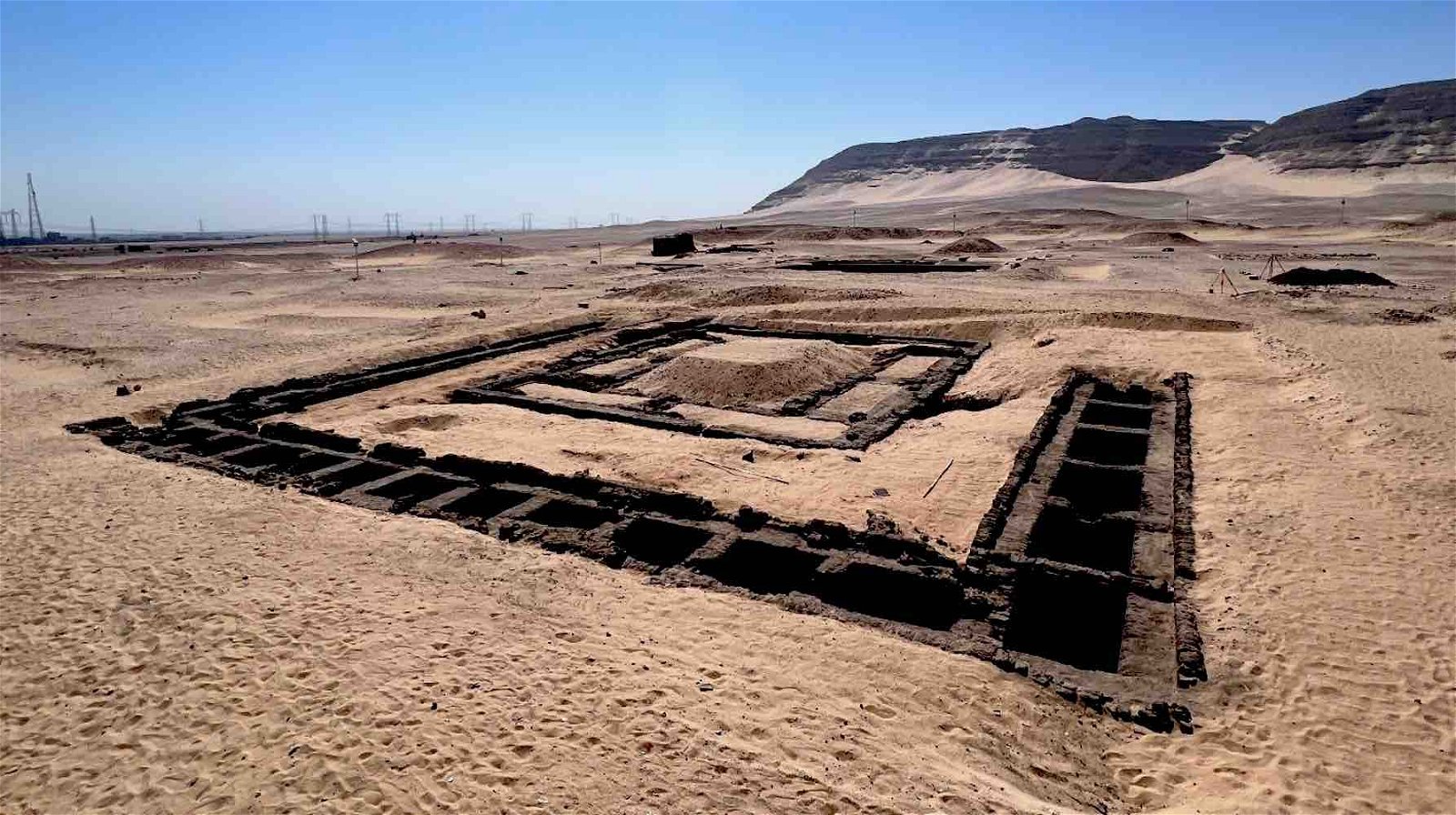A team of researchers from the University of Vienna investigating a 5,000-year-old Egyptian tomb says they found evidence that could potentially rewrite ancient history, including the possibility that a female pharaoh ruled the country as far back as the 1st Dynasty, around 3,000 BC.
Previously, it was believed that only men ruled the country until Queen Hatshepsut in the 18th Dynasty, well over 1,000 years after Meret-Neith, the woman whose tomb the team is investigating.
5,000-year-old Egyptian tomb Finds Include Sealed Wine, Odd Burial Practices, and a Completely Unexpected Burial Site
According to a press release from the research team announcing their findings, several symbols of wealth, social importance, inscriptions, and even aspects of the burial aroused their suspicion, starting with the tomb’s location among the other pharaohs of the 1st Dynasty.
“Queen Meret-Neith was the only woman to have her own monumental tomb in Egypt’s first royal cemetery at Abydos,” the researchers explain. “She was probably the most powerful woman of her time.”
This wholly unexpected and unique location of the 5,000-year-old Egyptian tomb wasn’t the only thing that seemed inconsistent with the burial of a woman at this time. There was also the size of the tomb, which was equal to that of the male pharaohs in the same cemetery. Second, the researchers say hundreds of jars of wine were discovered in the tomb, some of which were still sealed, another sign that the person buried was incredibly wealthy. They also found written inscriptions attesting to her high status and power, something not seen in a woman’s tomb at that particular time in history.


However, one wholly unexpected aspect of the scene really stuck out to the research team: the treatment of those buried with her. Specifically, there were 41 courtiers and servants in burial chambers surrounding her main tomb, each appearing to have been built at different times over many years. This is incredibly significant, the team says, because it would completely contradict something Egyptologists have long suspected but have not actually been able to prove: that courtiers and servants were sacrificed and buried with their pharaohs when they died.
“Thanks to careful excavation methods and various new archaeological technologies, the team was able to show that the tombs were built in several construction phases and over a relatively long period of time,” they explain. “This observation, together with other evidence, radically challenges the idea of a ritual human sacrifice as part of the royal burial in the 1st Dynasty, which was often assumed in early research but never really proven.”


More Investigation May Mean More Clues Still Hidden Inside 5,000-Year-Old Egyptian Tomb
Led by University of Vienna archaeologist Christiana Köhler, the team behind the discoveries says their work is ongoing and that even more clues to Meret-Neith’s status as Egypt’s first pharaoh may be waiting to be found inside the 5,000-year-old Egyptian tomb.
If confirmed, the clues regarding the queen’s servants, combined with the evidence for her wealth, power, and status rivaled only by male pharaohs, could significantly change our accepted understanding of Egyptian history.
Christopher Plain is a Science Fiction and Fantasy novelist and Head Science Writer at The Debrief. Follow and connect with him on X, learn about his books at plainfiction.com, or email him directly at christopher@thedebrief.org.

